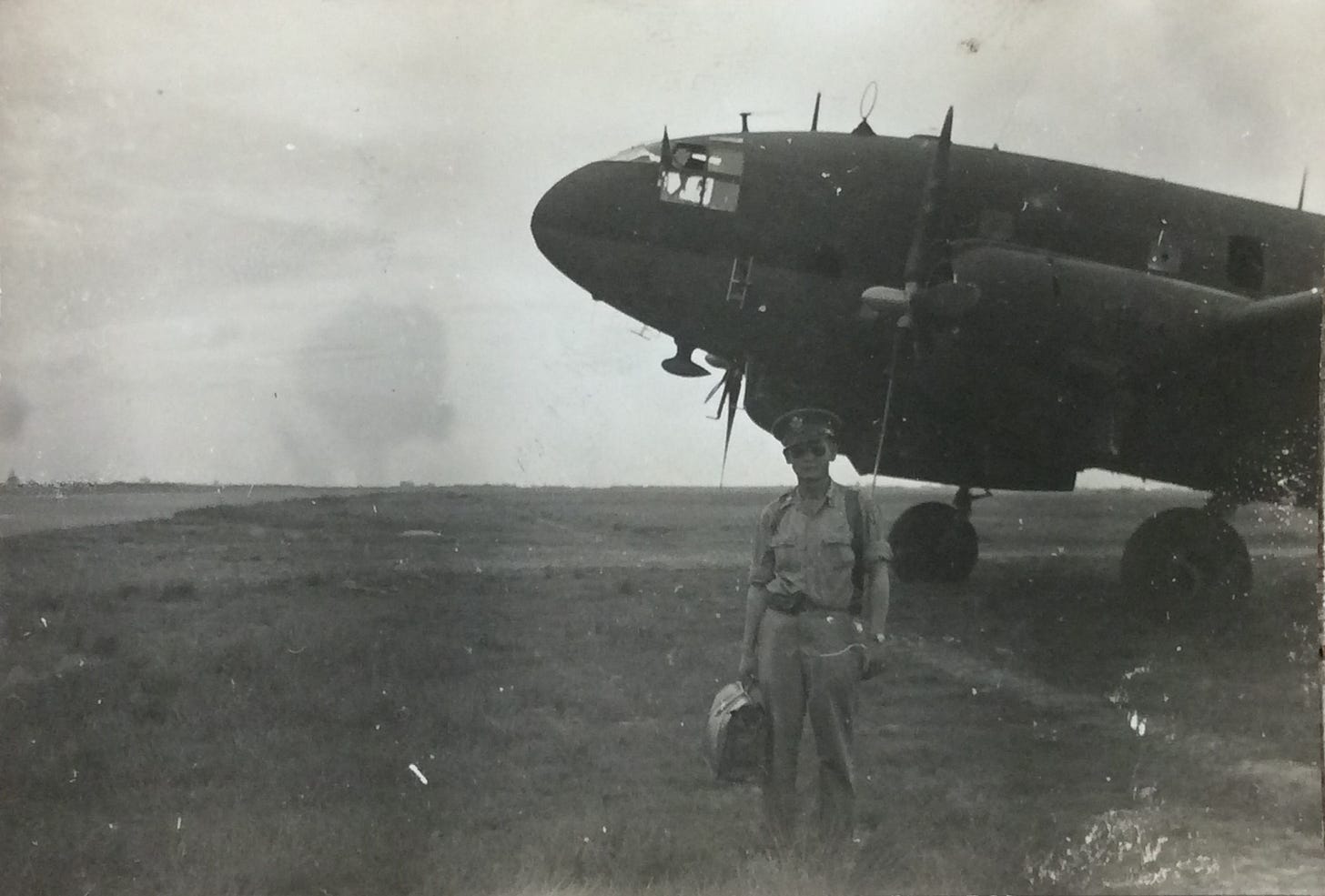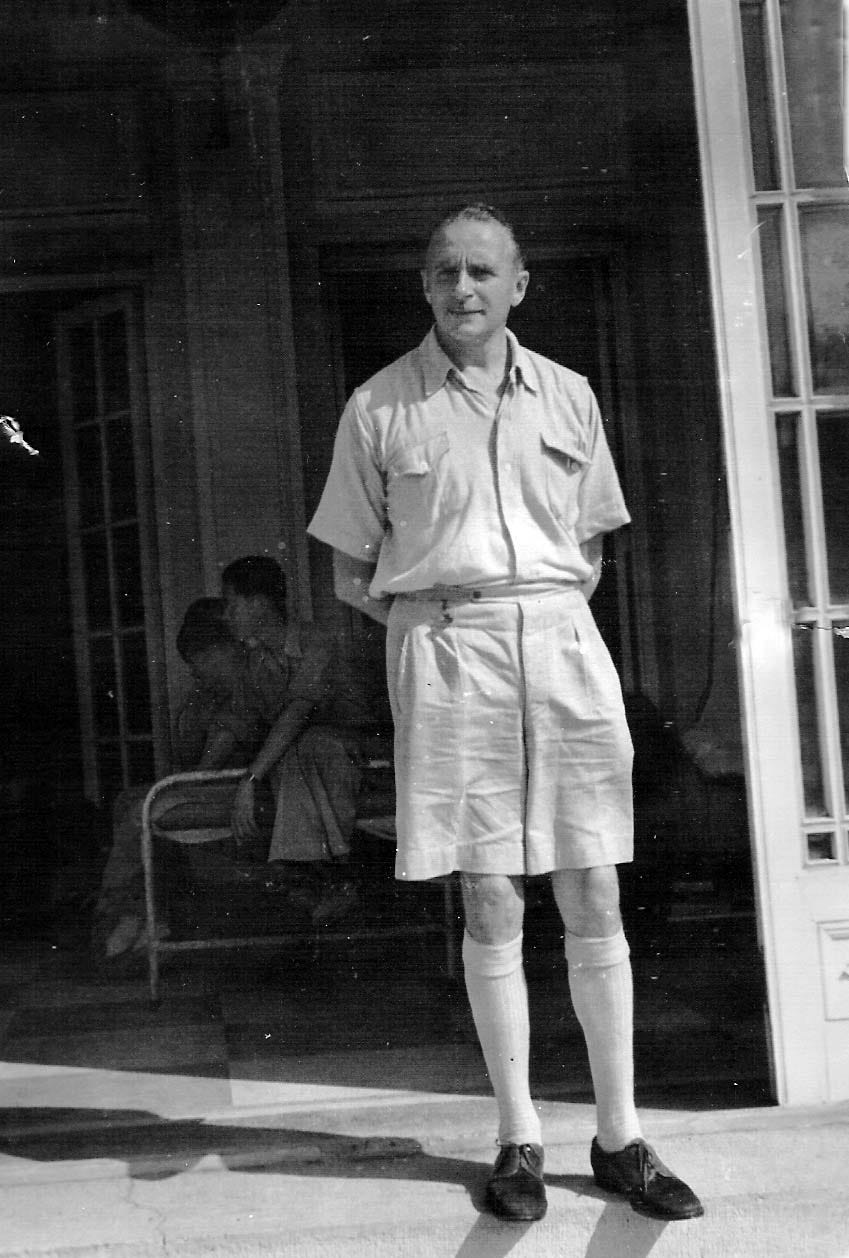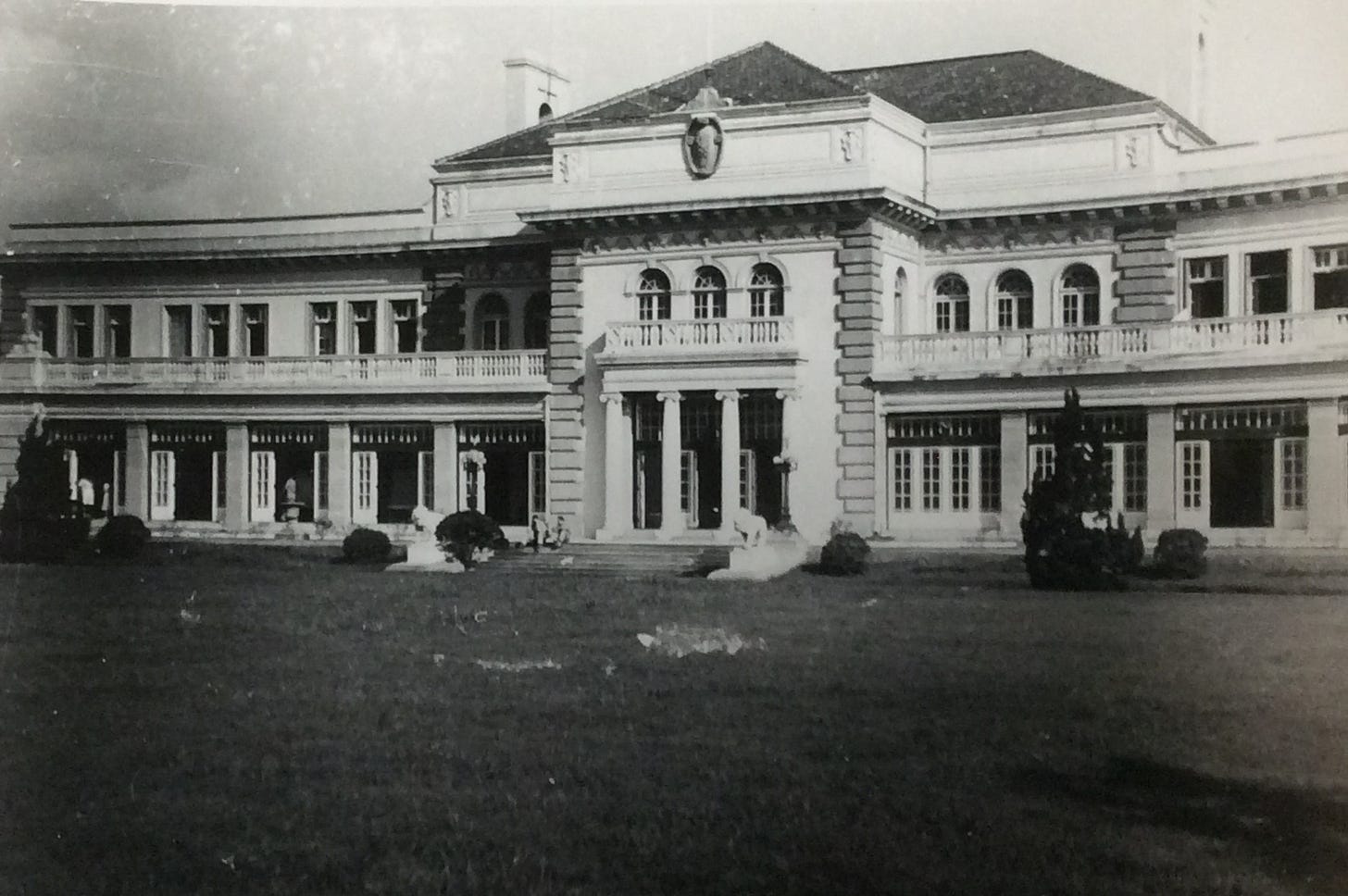As Operation Sparrow’s transport aircraft approached Shanghai in the late afternoon of August 19, 1945, the pilot of the lead plane called the mission’s Shanghai expert, Lt. Peter Kim, into the cockpit to help navigate over the city. The big C-46s roared over the streets at low altitude as they flew over one Japanese military airfield after another, searching for a suitable place to land. After rejecting the first three as too unsafe, they decided that the risks were acceptable at the fourth, named Dazhang (now Shanghai Dachang Air Base). The planes touched down at about 5:30 PM.
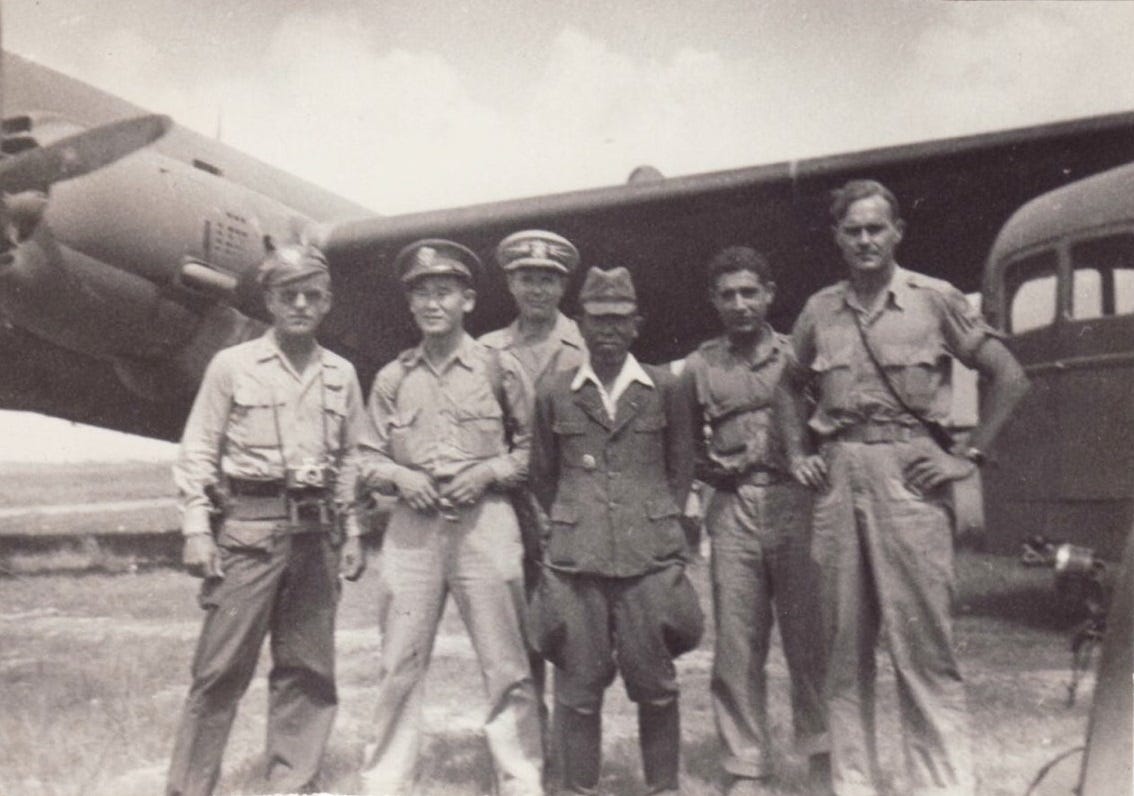
Japanese soldiers approached the aircraft on the airstrip. Their officers were confused by the appearance of U.S. aircraft and military personnel that no one had told them to expect. Japan and the United States were still at war, and their higher headquarters had told them nothing about the Swiss Consul’s declaration a few days earlier that an American humanitarian mission was coming.
When Operation Sparrow commander Major Preston Schoyer demanded that they transport his team to the neutral Swiss Consulate, they agreed to request permission for it from higher levels of command and brought trucks onto the airfield to load the mission’s gear and supplies in preparation for the move.
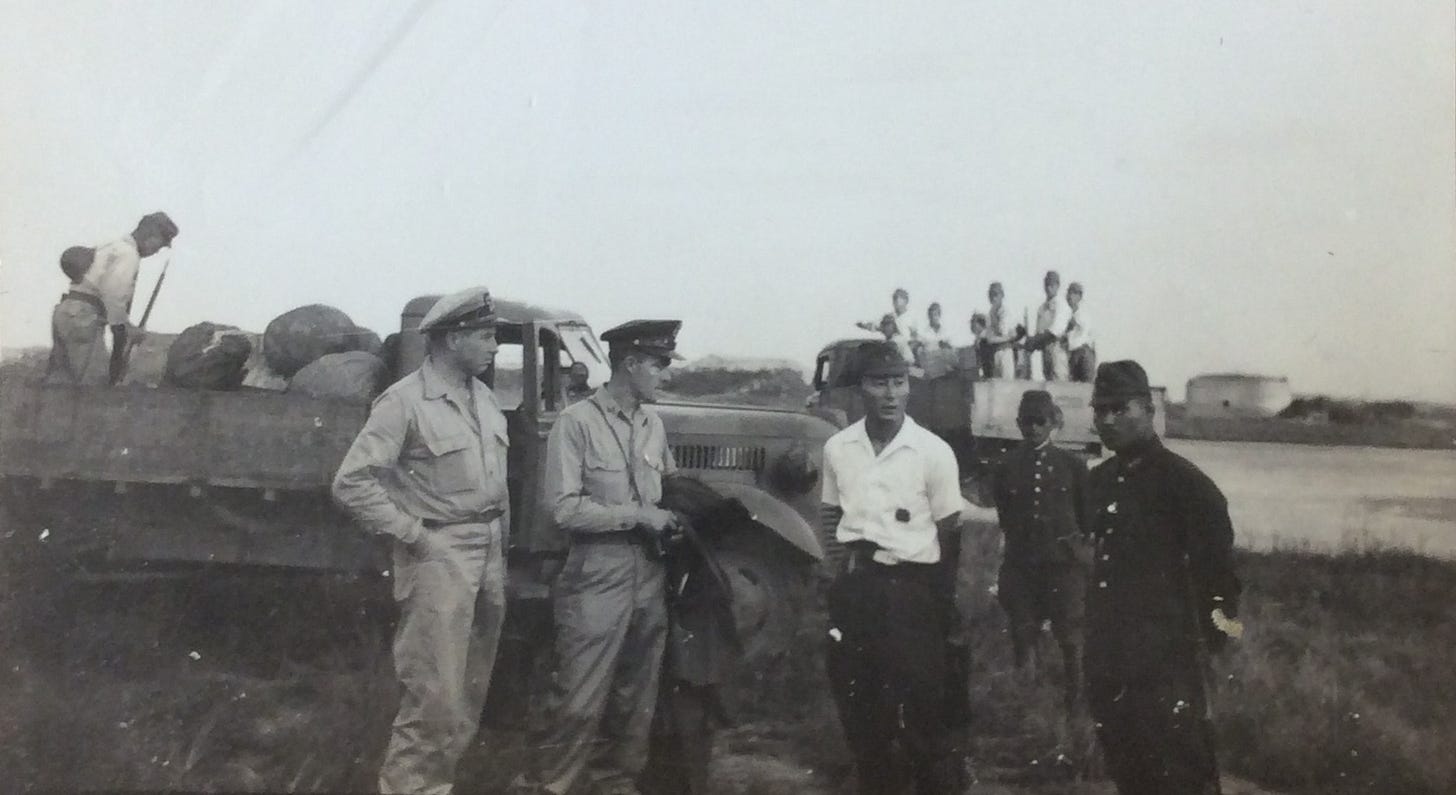
Everyone was cooperating until the airfield’s commanding officer—a colonel who had spent the afternoon drinking away the shame of defeat—appeared. The colonel drunkenly threatened the Americans and ordered his men to take them to the Bridge House, where the Kempeitai would figure out what to do with them.

The vehicle convoy left the airfield after sunset and drove several miles through the dark streets of Shanghai’s outer neighborhoods until it crossed paths with another column of Japanese army vehicles. Staff officers from the Japanese army headquarters in Shanghai dismissed the drunk colonel and ordered everyone to follow them to their command post. When they reached the Japanese district of Hongkew, yet another group of Japanese officials stopped them. Japanese civilian consuls and military officers took over and redirected the convoy to the Swiss Consulate.
Emile Fontanel brought the Operation Sparrow team into the Swiss Consulate to use as their base and headquarters, protected from Japanese interference by international laws shielding diplomatic missions. That night and the next morning, the consulate served as neutral territory for the American and Japanese sides to negotiate.
Peter Kim and Emile Fontanel each knew nothing about what had happened to the other since Peter had escaped Shanghai more than a year earlier, with Swiss assistance and Fontanel’s promise to look after his family. The two friends talked long into the night until the morning of August 20 about all that had happened since.
On August 20, Major Schoyer negotiated the terms for his team to enter the internment camps. The Japanese insisted that they wear civilian clothes and bear nothing identifying them as U.S. military, fearing that the appearance of American servicemen in Shanghai might embolden the city’s millions of Chinese civilians to revolt against the defeated Japanese occupiers. Schoyer agreed, but with the intention of not complying the next day and daring the Japanese to challenge them.
In the evening, the team moved out of the small and cramped Swiss Consulate, where they had slept on cots in the hallways, to a new base: the Marble Hall, a Shanghai landmark to this day that was the mansion of the Kadoorie family.

The Kadoories were Baghdadi Jews who had become one of the wealthiest families in Asia and the British Empire, with business interests in India, Shanghai, and Hong Kong. Family patriarch Sir Eleazar Kadoorie, an Honorary Knight Commander of the Order of the British Empire, had been forced to live in the servants’ quarters in his mansion’s stables, and he had died there in August 1944. His sons Lawrence and Horace and Lawrence’s wife Muriel reclaimed the house after being released from the Chapei internment camp.
The Kadoories offered the Marble Hall to Major Schoyer to use as Operation Sparrow’s base and headquarters, and the entire team moved there in the evening of August 20. In this magnificent setting they prepared for the liberation of the civilian internment camps of Shanghai the next morning.
This series previews my upcoming book Victory in Shanghai: A Korean American Family’s Journey to the CIA and the Army Special Forces, whose publication is expected by June 1, 2025. You can pre-order it now through Potomac Books, an imprint of the University of Nebraska Press, at this link, on Amazon at this link, or through your favorite local independent bookseller.
Subscription to this series is free.
If you know anyone who may be interested in this series, please share it with them.




